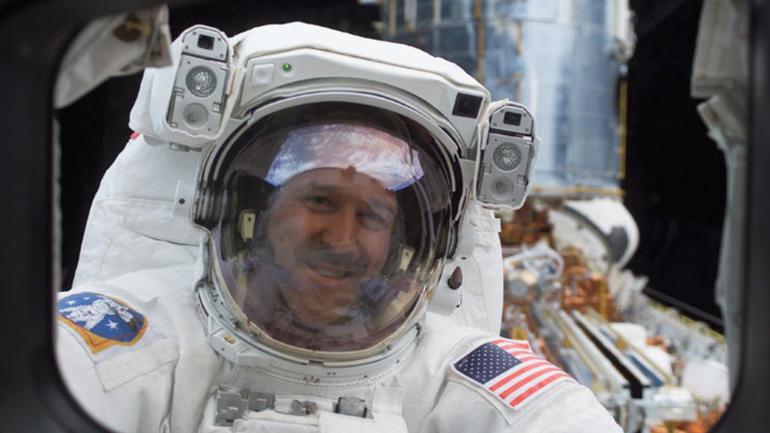AKAK;2222458; said:Now, provided the Mayans are a bunch of hacks, this is something I'll be looking forward to.
Fuckin' Mayans...always predicting the end of the world 'n shit.
Upvote
0
Follow along with the video below to see how to install our site as a web app on your home screen.

Note: This feature currently requires accessing the site using the built-in Safari browser.
AKAK;2222458; said:Now, provided the Mayans are a bunch of hacks, this is something I'll be looking forward to.
http://apod.nasa.gov/apod/ap130930.html
Scientists trying firgure out what this green cloud is. Its not an aurora.
Nah, that sort of cloud hugs the ground-surface...like a dry-ice fog. Or in Weiss' case, a dry-ass fog...Have they called the Weiss household to see if it wasn't Mexican night? If it was, then mystery solved.




